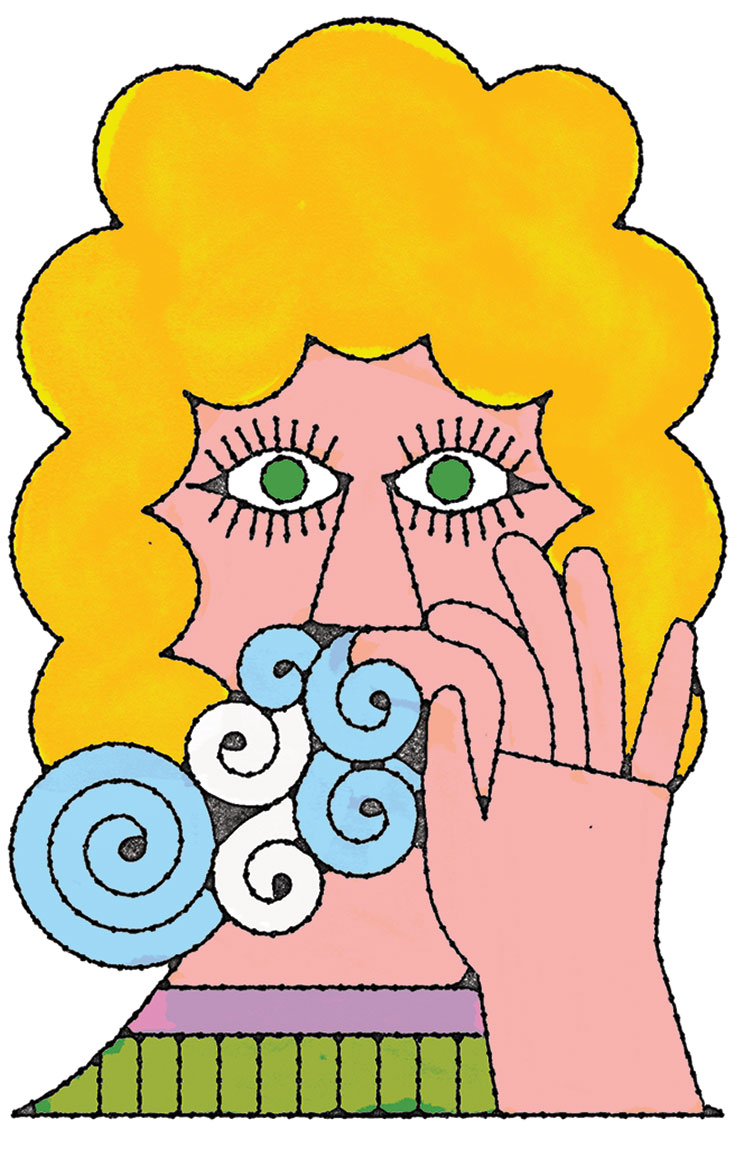YOUR CART
- No products in the cart.
Subtotal:
$0.00

While there are many variations of this practice, this simple version is common to many Buddhist traditions and is a mainstay of the secular mindfulness movement. It is a foundation of the path to enlightenment and offers immediate benefits to our health, happiness, and well-being.
Sit cross-legged on a meditation cushion or on a straight-backed chair. The important thing is to be upright, grounded, and relaxed. With your eyes open, let your gaze rest comfortably as you look slightly downward about six inches in front of you. Place your attention continuously on each in-breath and out-breath, while also remaining aware of the environment around you.
Gently note when you have been distracted by thoughts, without criticizing yourself, and return your attention to the breath. In this practice, thoughts are not judged as good or bad. You simply acknowledge them and return to the breath.
This is mindfulness of breath with a Vajrayana flavor. It is attributed to Gampopa, a founder of the Kagyu lineage, and was the main meditation practice taught in the West by Chögyam Trungpa Rinpoche. It combines mindfulness or concentration with the open awareness of such practices as Dzogchen and shikantaza.
Place your attention on the out-breath as in the previous practice. Let your attention go out with the breath and dissolve into the space around you. Rest your mind in that open space or gap without placing your attention on the in-breath.
Place your attention again on the next out-breath, following it out and mixing your mind with space as it dissolves. Rest in that open awareness. Continue meditating in this way.
Tonglen, which means “taking and sending,” is a visualization practice using the breath to expand our compassion. It reverses the way ego usually operates. When we put ourselves first, we try to take in what’s good for us and send away what causes suffering. When we put others first, we do the opposite—we take in their suffering and send out our happiness. This is the living action of bodhichitta—the enlightened heart–mind of the buddhas—that is cultivated in tonglen.
Taking our meditation posture, we begin the practice with the in-breath, visualizing that we are taking in the suffering of others as a thick, black, hot cloud. We may visualize this cloud striking our heart and destroying our selfishness. On the out-breath, we then visualize that we are sending out all that is good to others in the form of a white, cooling cloud that eases their fear and suffering.
As we continue this visualization, we expand our compassion from those close to us, to those we are indifferent to, to those we don’t like, and to all others. Pema Chödrön says this practice creates not only compassion for others, but compassion for ourselves and a deep connection with all beings based on our common experience of suffering.

This nine-breath practice from the Tibetan tradition is designed to expel blocked or “stale” energy (prana, chi). As a yogic practice, this can include visualizing the expulsion of prana with each breath, but in this simplified form it can be done by any meditator. Because it relaxes the body and opens up the respiratory system, it is an excellent way to begin any meditation session.
Seated in your meditation posture, close the left nostril with your index finger and breathe slowly in and out through the right nostril three times. On the last exhalation, expel as much air as you can. Now close the right nostril and breath three times through the left nostril, again finishing with a forceful exhalation. Finally, breathe three times through both nostrils, doing a compete exhalation with each out-breath. Return to normal breathing, feeling open and relaxed.
Also known as the Weil Technique, for its advocate Dr. Andrew Weil, this simple yogic breath practice can be used to cultivate calm restfulness in any situation, but is especially prized as a way to help you fall to sleep.
In a restful position—this may be in bed, but doesn’t have to be—place the tip of your tongue just behind your front teeth. Inhale, then let out the breath with an audible, whooshing sound. Inhale again while internally counting to four. Next, hold the breath for a count to seven. Then, exhale again, using the same audible breath, for a count of eight. Repeat the cycle as you wish.
Weil notes that while the technique can be highly effective, one should be patient and consistent with it, as it may take up to two months to develop as a reliable sleep aid.